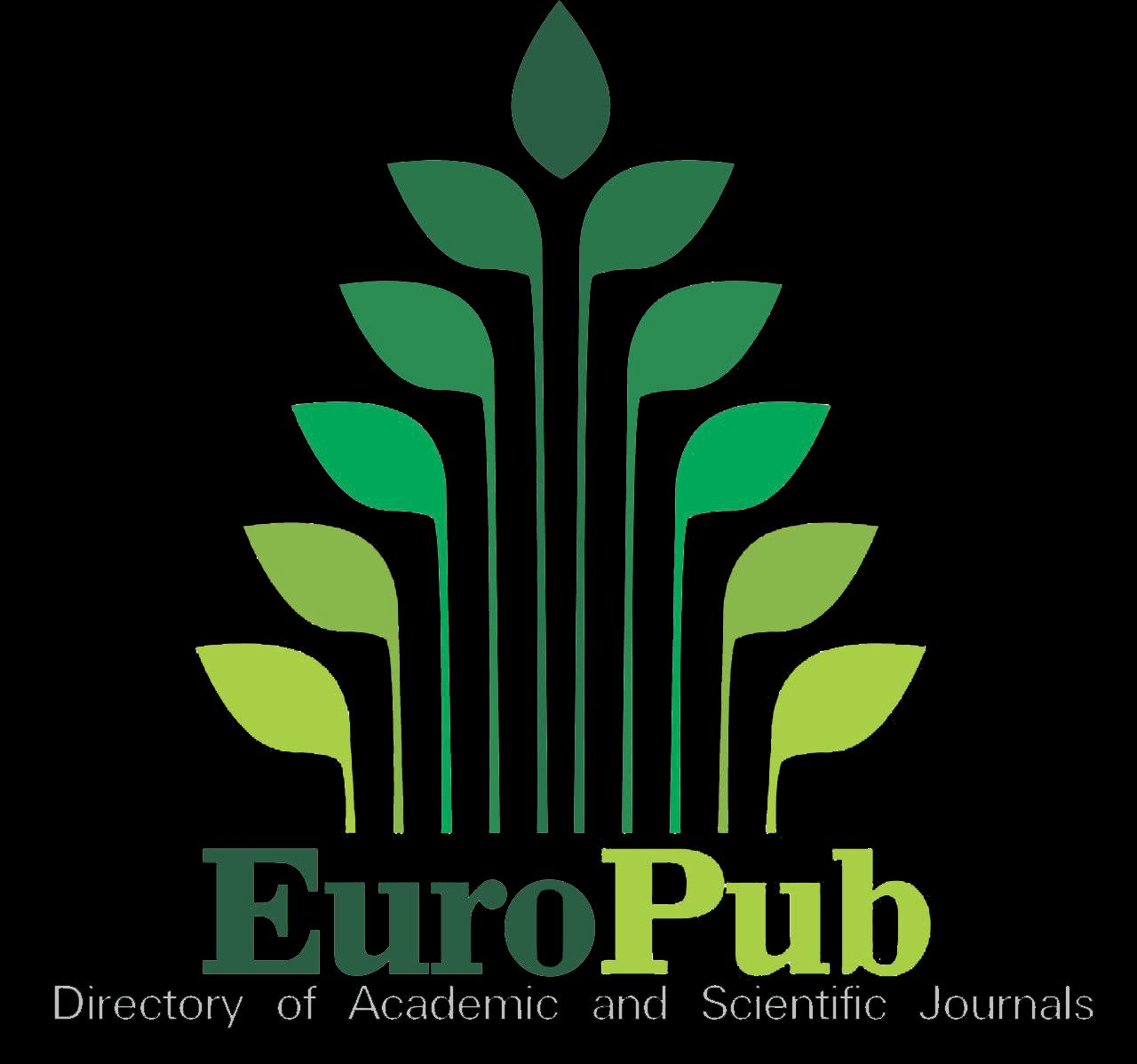Computational Drug Repurposing for The Management of Pathogenicity of Beta-Thalassemia
Keywords:
Beta-Thalassemia, 4-Phenylbutyric Acid (4-PBA), Voxelotor, MutationTaster, SIFT, Pol-yPhen-2, FATHMM.Abstract
Beta-Thalassemia is an inherited disorder caused by mutation in the HBB gene, resulting in the abnormal synthesis of beta globin protein. The c.92G>C (p.Arg31Thr) mutation of HBB gene is prevalent in South Asian population and results unstable protein. The current study uses computational approaches to analyze the pathogenicity of this mutation and the ability of three ligands, 4-Phenylbutyric Acid (4-PBA), Voxelotor, and Heminin stabilizing mutant beta-globin protein. Bioinformatics tools (MutationTaster, SIFT, PolyPhen-2, FATHMM) confirmed that the mutation is deleterious and impact the function of protein. I-Mutant and Mu-Pro suggested that the stability of protein decreases due to p.Arg31Thr mutation. Molecular docking was carried out using AutoDock Vina revealed that 4-PBA and Hemin show stronger binding affinity towards the mutant protein (−6.5 kcal/mol and −6.8 kcal/mol, respectively) as compared to wild-type protein, suggesting a stabilizing effect. Post-dock analysis employing Protein-Ligand Interaction Profiler (PLIP) showed that enhanced hydrophobic interactions and hydrogen bonding were observed in mutant-ligand complexes. In contrast, Voxelotor represented a reduction in the binding affinity to mutants, indicating that conformational changes have affected the binding. These findings indicate that 4-PBA and Hemin can be potentially used to reduce the severity of beta-thalassemia by stabilizing the mutant beta-globin. Further in vitro and in vivo validation is needed to confirm the results since in silico approaches alone cannot be relied upon. This study underlines computational drug repurpose as a promising strategy for treatment of Beta-Thalassemia.

